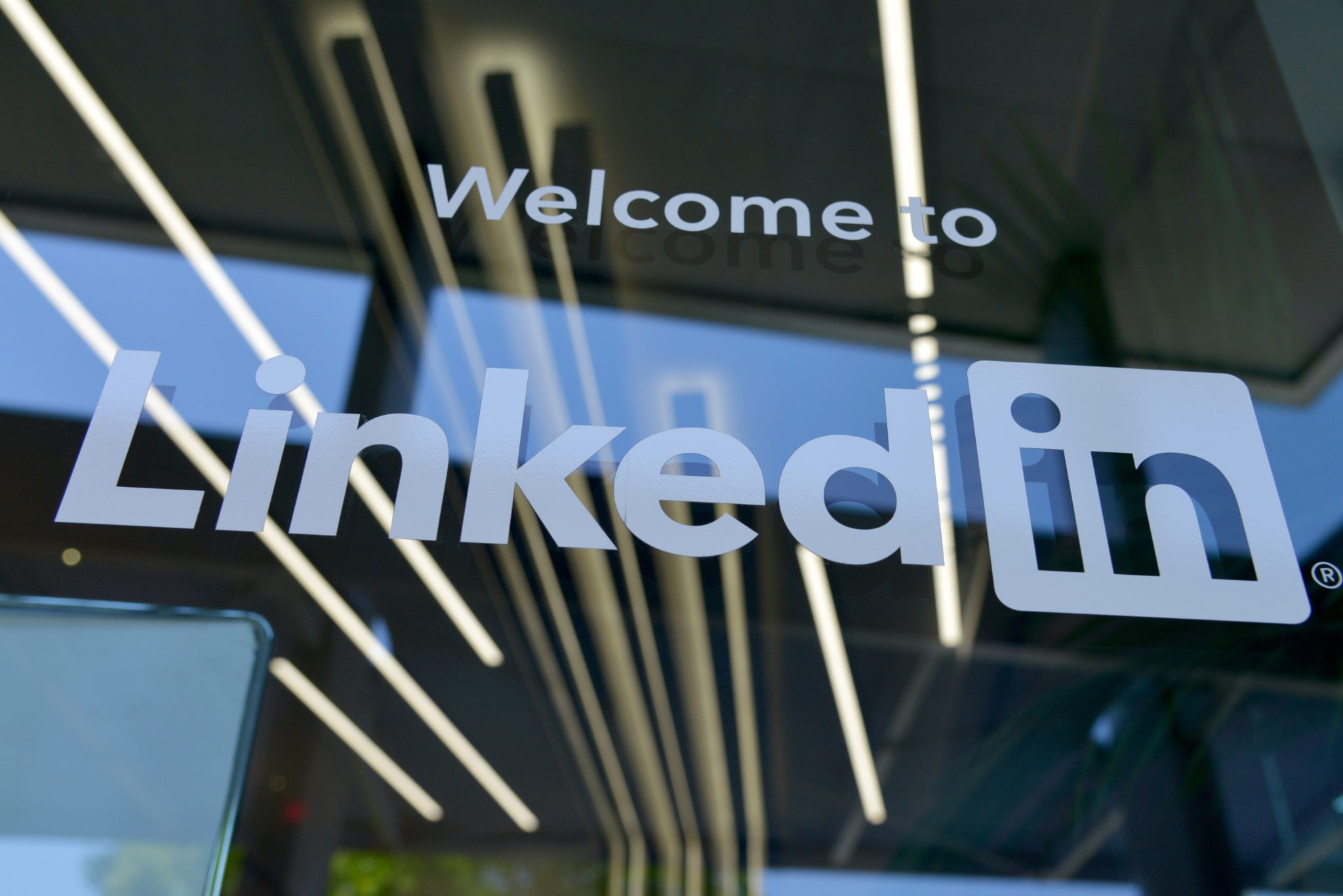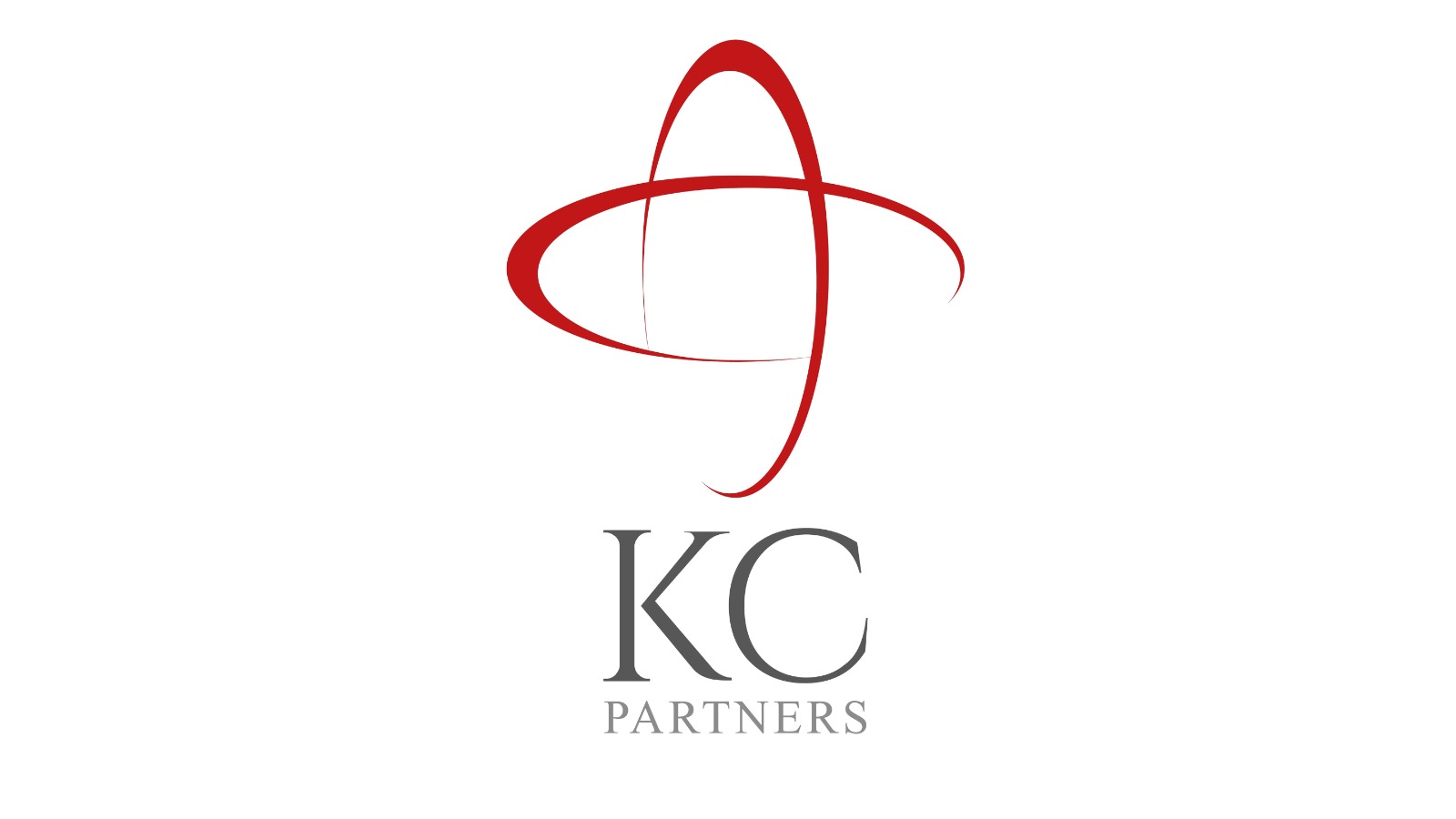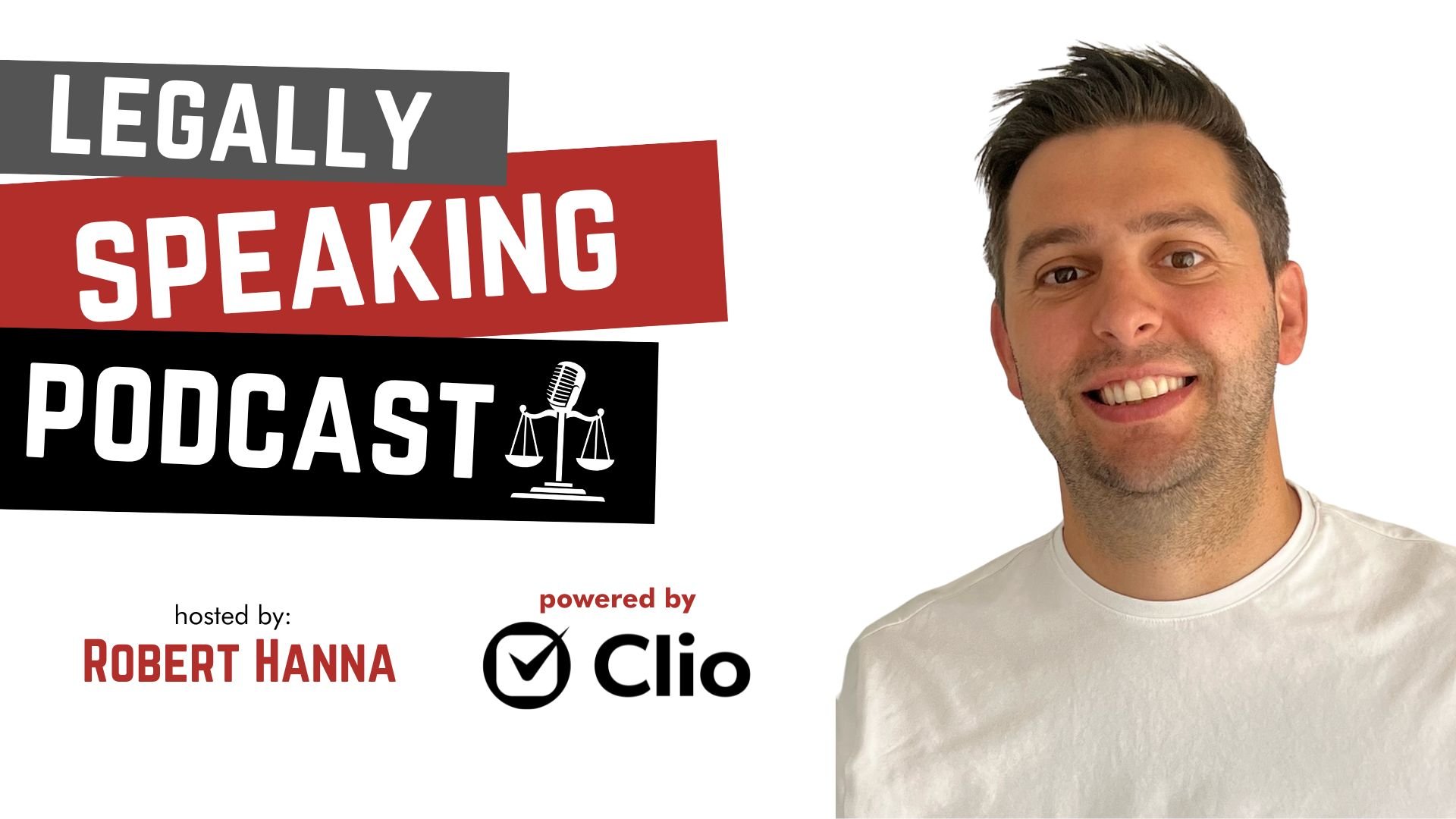LinkedIn recently held an official webinar explaining clearly how video boosts engagement. According to LinkedIn data, videos generate 30% more comments/likes (‘interaction’) when compared to static images on the platform. This explains why 47% of the time spent on paid ad campaigns in the US are spent on video.
Personal Branding Videos on LinkedIn
The most highlighted & prevalent theme was personal branding. LinkedIn data clearly showed that professionals are even more likely to buy from people. Whilst video was incredibly popular, at the ‘lower-end’ of the video spectrum, GIFs were generally advised against. However, GIFS can be useful in the context of micro-storytelling (so including converted video footage, a basic narrative and limited dynamic captions).
That said, animated videos with bright, well-designed graphics can do well despite often lacking the personal brand aspect.
Pain-points
Moving up the video ‘value chain’, a consistent theme was focusing on the stories about people. People-centric stories spur conversation, with the integration of relatable aspects of life helpful in making people engage further with narrative. These relatable aspects can be activities as simple as having breakfast or experiencing the commute.
Adverts that focus on highlighting the ‘pain points’ of these relatable activities, such as waiting for a train or having a long unproductive meeting, are often more popular. People bond over pain points! If you can then provide a solution to these pain-points, even better.
LinkedIn also suggested videos should create a sense of mystery. Practically speaking, an example of a small screen expanding into full screen mode was given as a great way to provide a cinematic feel and sense of revelation to viewers. The mystery aspect also ties in nicely with the problematic ‘pain-point’ and solution pattern, as it also speaks to our innate problem- solving instinct.
Sound in LinkedIn Videos
As you would expect, sound is an important aspect of LinkedIn video production. A crucial finding here is that 80% of LinkedIn videos are viewed with the sound off. This isn’t surprising considering most people use LinkedIn at the office or whilst commuting.
To combat the lack of sound issue, you can make silence part of the art-form. Examples of this cited were stories being told using facial expressions, or lyrics to a song displayed if sound turned off (creating an instantaneous ‘feel for the track’ for viewers). LinkedIn also assists with this sound issue by providing SRT file support, meaning you can add text straight onto the video using the LinkedIn brand subtitle template. To do this, LinkedIn has a helpful explainer page.
LinkedIn data also emphasised how click-through rate isn’t everything, with hard data never fully adept at capturing the full impact of an ad on consumers.
Some ‘do nots’ were also touched upon. These are as follows:
- Don’t rely on text – Let the narrative and visuals do the talking. Viewers should focus more on the video itself, so any copy should generally be limited to 4 words, with 7 words being cited as an upper limit.
- Don’t have long intros – these can be self-indulgent and make viewers scroll down.
- Don’t waffle – this is applicable to both copy and visuals; time is especially important to LinkedIn users.
5 Key Takeaways
- Focus on micro-stories
- Surprise and create mystery in your content
- Personal branding is very important
- Sound has to be relegated in output hierarchy, so let silence be part of the art
- Click-through and completion rate are not the whole story
Video continues to be a success story in the social media world for both viewers and producers. Yet with the market becoming more saturated, production quality and platform suitability are more important than ever.
Why should I invest in multimedia content?
LinkedIn explains how video and podcasts boost engagement elsewhere on their platform guidelines. Some of the statistics cited are as follows:
- Multimedia content forms an essential part of content marketing, which reaches 40% of corporate marketing budgets in 2020.
- Videos claimed 80% of all web traffic in 2019 in data terms, proving it’s an important way of communicating information (especially as videos combine copy, audio and visuals).
- Videos have been found to drive a 157% increase in web traffic from search results. That’s some serious accidental SEO!
- In a 2019 survey, 64% of consumers in the US said a Facebook ad influenced a recent purchase
- 32% of people surveyed in the US say their engage with their favourite brand on YouTube
- Whilst only 26% of Americans are regular podcast listeners, they are a loyal crowd, with 80% of these reporting they listen to most/all of their downloaded episodes.
- The recent Joe Rogan Experience move to Spotify from YouTube demonstrates the increasing influence of this booming platform. In 2019 Spotify’s podcast market share grew from 20% to 34%. By contrast, Apple saw their market lead decline from 45% in January 2019 to 36% by December.
For tailored advice about how your firm can utilise videos in LinkedIn to gain increased engagement, contact Oliver Bodmer, our Head of Videography.
Find general LinkedIn and marketing tips in our Client Resources.
Produced by our Head of Videography, Oliver Bodmer.





